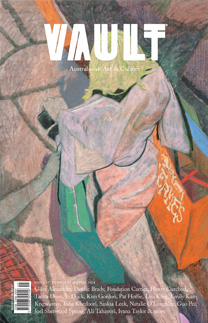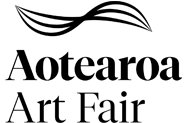Polly Borland
What Polly did next
VAULT gets an insight into the mind of Polly Borland, the expatriate artist famous for taking obfuscation to new heights.
“Oh my god, she’s in the bloody socks now,” says Polly Borland. Moments ago, the Melbourne-born, Los Angeles-based artist was talking about her upcoming solo exhibition at the National Gallery of Victoria. Now she’s trying to wrangle her dog, who has somehow managed to make her way into the sock drawer. “My dog is the cutest thing in the world, but she is a naughty little girl. She’s just trying to find something to chew.”
To be fair, though, Borland has been in the bloody socks, too. When we speak, she has just finished shooting a new series for the NGV exhibition and is in the middle of working on the colour and edits. A follow-on of sorts from her series Smudge, the new works are photographs of people ensconced in stockings stuffed with socks and other soft material, their human features obscured, distorted or erased. Except now, they’re even further in the bloody socks.
“In the Smudge work, there were eyes, there were mouths, there was hair. In this work, there’s just a lot less in there to wrap your head around or identify. It leaves a lot more to the imagination. When I’ve shown people, they’ve been surprised that there’s a human body inside some of those figures or forms.”
Although the human form itself may be difficult or even impossible to spot at times, there is still a palpable sense of humanness in these abstract, organic shapes. At once alien and familiar, these figures seem to sprout from a primordial, pre-human territory, representing something fundamental but not necessarily recognisable. It’s one more stop along the way of Borland’s continuing reduction of visual language, an ongoing process of distillation towards an essential essence.
And the less Borland shows, the more people see. With the final touches still be to made, she has already found herself surprised by the wide range of responses the works have elicited so far. The model who posed for the series described a sadness in the images, which Borland hadn’t detected. Even the reaction of Borland’s Los Angeles gallerist took her off guard. “I said to him about the new work, ‘Oh, it’s not disturbing enough,’” she says. “And he looked at me as if I was absolutely crazy. I’m just completely immune now to what I’m sort of doing in the sense of how other people will view it.”
NGV curator Pip Wallis believes this should be embraced. “I think that Polly’s work can be unsettling, and that’s really the great strength of it,” she says. “She really pushes that and has developed an aesthetic and an intuition that draws that slightly uncanny sense out of images. For someone who hasn’t encountered her work, it can be a bit unsettling at first. The images are quite open to different perspectives, and I think she would be keen for people to feel comfortable to bring whatever associative thoughts they have to the work.”
In addition to the new series, Borland’s exhibition will also feature a cross-section from the past decade or so of her practice. Along with the aforementioned Smudge, the guest list includes the contorted, cocooned figures of Pupa, the gagged and bound creatures of Monster and the playful but haunting photos of a posing, costumed Gwendoline Christie from Bunny.
The odd one out amid the grotesquerie is a glowing Queen Elizabeth, whom Borland was commissioned to photograph for the monarch’s Golden Jubilee celebrations in 2002. It’s a reminder of how far Borland’s practice has evolved since moving from editorial portraiture of the powerful and famous, shooting everyone from Monica Lewinsky to Donald Trump, to her abstract studio-based practice. “I stopped doing portraiture and editorial because I realised that during half an hour or an hour with someone, you weren’t really going to be seeing much of them,” Borland explains.
“I’ve never really seen myself as a photographer that’s just recorded things. I’ve always seen myself as an artist that uses photography to order the world in the way that I want it ordered. So I’m using the camera very much as a painter would use paint and brushes and a canvas.”
At the same time as Borland has stepped back from the figurative, sculptural elements have crept into her practice; lenticular works and tapestries are set to make appearances in the exhibition. “I suppose I’m interested in the deconstruction of visual language and particularly the photograph,” she says, “but I’m also interested in ideas of no boundaries, that I will not self-censor myself. For me, it’s always the flight towards something I consider more meaningful or more pushing the boundaries. It is further and further away from humanness, but it also on some level is very human.”
While Borland’s work is represented in the NGV collection, this is her first solo exhibition at the gallery. For NGV curator Pip Wallis, it’s technically her second time hanging Borland’s work. A long time ago, Wallis found a postcard for an exhibition of Borland’s Bunny series, with Untitled IV (2006) on the front. She was so enamoured with it that she ‘hung’ the postcard in her house, where it remained for years.
“It’s really wonderful now to be about to hang that work in the gallery,” Wallis says. “It’s such a delight to come full circle and work directly with an artist I have admired from afar. And that image in particular is really striking and uncanny and dark, and it’s got this kind of playful, childlike quality to it as well, and it’s a bit sexy. For me, it is one of her strongest works. It encapsulates all the strange paradoxes at play in her practice.
Polly Borland Polyverse shows at the NGV Australia from September 28, 2018 to February 3, 2019. Borland will also show at Sullivan+Strumpf, Sydney from 24 November to December 22, 2018.
Polly Borland is represented by Murray White Room, Melbourne, Sullivan+Strumpf, Sydney and Nino Mier Gallery, Los Angeles.
ngv.vic.gov.au
murraywhiteroom.com
sullivanstrumpf.com
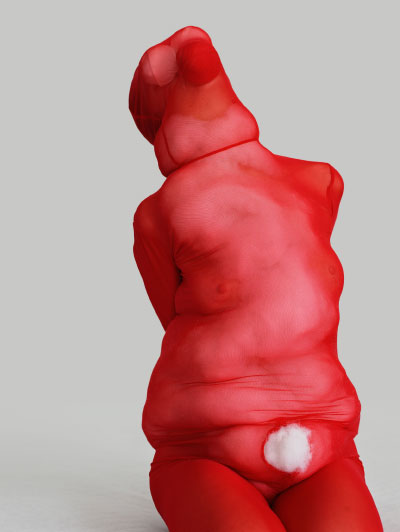
POLLY BORLAND
Monster (from the
series Monster), 2017
archival pigment print
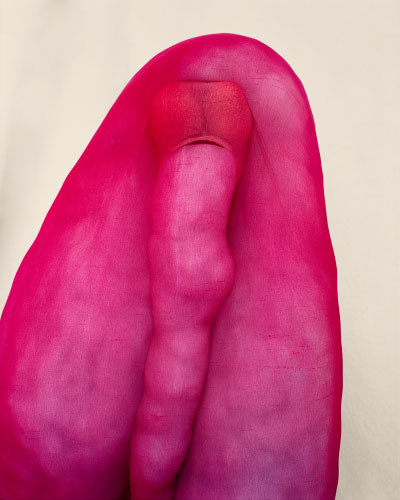
POLLY BORLAND
MORPH 1, 2018
archival pigment print
201 x 160 cm
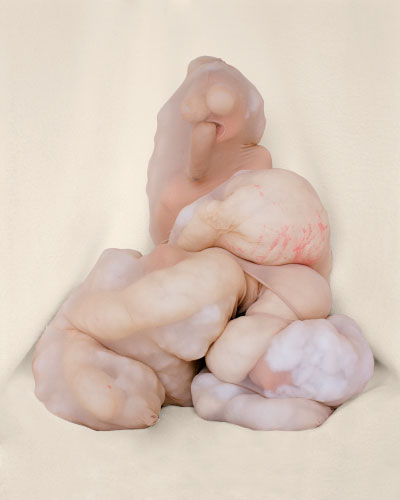
POLLY BORLAND
MORPH 3, 2010
archival pigment print
201 x 160 cm
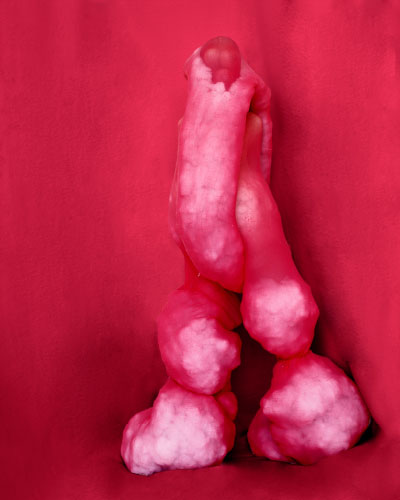
POLLY BORLAND
MORPH 2, 2018
archival pigment print
201 x 160 cm
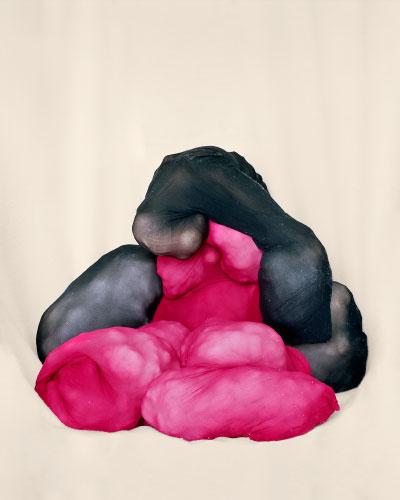
POLLY BORLAND MORPH 4, 2018
archival pigment print
201 x 160 cm
Courtesy the artist, Murray White Room, Melbourne and Sullivan+Strumpf, Sydney







